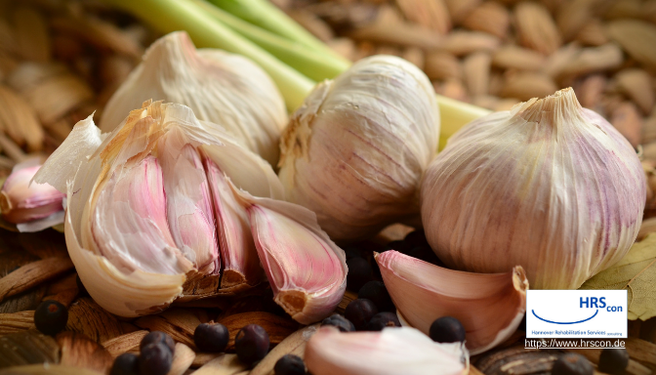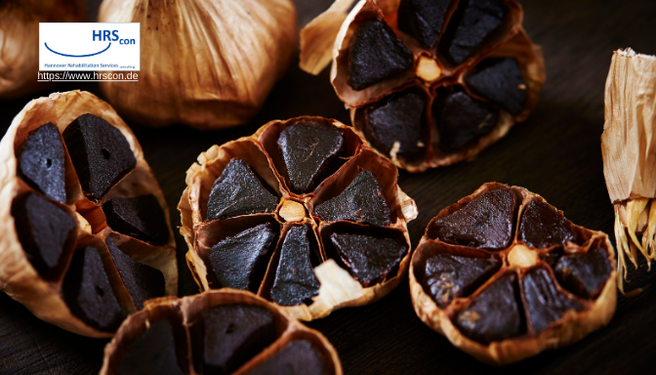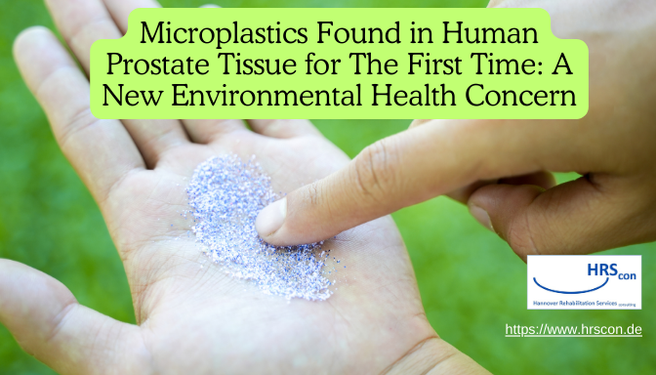Garlic, a staple in kitchens worldwide, faces a growing threat: microplastics and arsenic contamination in soil. A recent study sheds light on how these environmental pollutants combine to harm this popular crop.
Microplastics: A Growing Concern in Agriculture
The widespread use of mulch films in agriculture leaves behind microplastic fragments as they degrade. These tiny plastic particles can persist in soil and harm crops. This study focused on how polystyrene (PS) microplastics, specifically those with a diameter of 80 nanometers, affect garlic plants.
Arsenic Contamination: A Persistent Problem
Arsenic is a naturally occurring element, but human activities can elevate its levels in soil. Crops can absorb arsenic through water or directly from contaminated soil.
Garlic’s Fight Against Stress
Garlic contains alliin, a compound responsible for its characteristic flavor and medicinal properties. Alliin exhibits both antimicrobial and antioxidant effects, helping garlic fight off various stresses.
The Study: Microplastics and Arsenic – A Toxic Duo
Researchers investigated how different concentrations of microplastics and arsenic impact garlic. Interestingly, low levels of both pollutants (10 and 20 mg/L for PS, 2 mg/L for arsenic) didn’t significantly harm the plants. In fact, they observed a slight decrease in the production of reactive oxygen species (ROS) – harmful molecules produced by stress – and antioxidant enzymes.
However, the story changed when researchers introduced higher concentrations of arsenic (4 mg/L) along with elevated PS levels (40 and 80 mg/L). Garlic plants exposed to this combination displayed:
- Reduced root vigor: The roots, crucial for nutrient and water uptake, became less robust.
- Lower substance uptake: Garlic absorbed less water and nutrients from the soil.
- Impaired translocation: The movement of essential elements within the plant was hindered.
Microplastics and Arsenic: A Complex Interaction
The study revealed that while higher PS concentrations facilitated the transport of arsenic into the garlic bulbs, it also led to less arsenic accumulation in the root system. This suggests a complex interaction between the two pollutants, with PS potentially altering arsenic uptake pathways.
Garlic’s Defense System Under Siege
Most concerningly, the combined stress of high PS and arsenic levels weakened garlic’s antioxidant defense system. This system, which includes allicin (garlic’s main pungent compound) and phytochelatin production, is essential for the plant to fight off the toxic effects of PS and As.
The Road Ahead: Protecting Garlic and Other Crops
These findings highlight the combined threat of microplastics and arsenic to garlic crops. Further research is needed to explore the effects on other Liliaceae plants, such as onions and lilies. Ultimately, this study underscores the importance of sustainable agricultural practices that minimize microplastic pollution and manage arsenic contamination. By understanding the complex interactions between environmental pollutants and crops, we can develop strategies to protect these valuable food sources.




